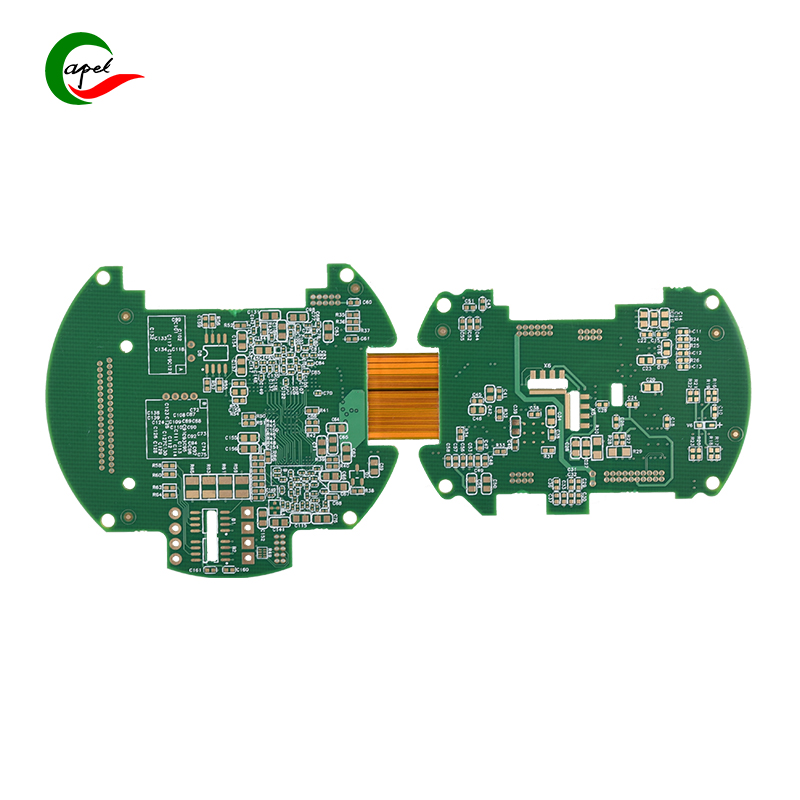In rigid-flex printed boards, due to the poor adhesion of the coating on the hole wall (pure rubber film and bonding sheet), it is easy to cause the coating to separate from the hole wall when subjected to thermal shock. , also requires a recess of about 20 μm, so that the inner copper ring and the electroplated copper are in a more reliable three-point contact, which greatly improves the thermal shock resistance of the metallized hole. The following Capel will talk about it in detail for you. Three steps for cleaning the hole after drilling the rigid-flex board.
Knowledge of cleaning inside the hole after drilling the rigid flex circuits:
Since polyimide is not resistant to strong alkali, simple strong alkaline potassium permanganate desmear is not suitable for flexible and rigid-flex printed boards. Generally, the drilling dirt on the soft and hard board should be cleaned by plasma cleaning process, which is divided into three steps:
(1) After the equipment cavity reaches a certain degree of vacuum, high-purity nitrogen and high-purity oxygen are injected into it in proportion, the main function is to clean the hole wall, preheat the printed board, and make the polymer material have a certain activity, which is beneficial Subsequent processing. Generally, it is 80 degrees Celsius and the time is 10 minutes.
(2) CF4, O2 and Nz react with the resin as the original gas to achieve the purpose of decontamination and etch back, generally at 85 degrees Celsius and for 35 minutes.
(3) O2 is used as the original gas to remove the residue or “dust” formed during the first two steps of treatment; clean the hole wall.
But it is worth noting that when plasma is used to remove the drilling dirt in the holes of multi-layer flexible and rigid-flexible printed boards, the etching speed of various materials is different, and the order from large to small is: acrylic film, epoxy resin , polyimide, fiberglass and copper. Protruding glass fiber heads and copper rings can be clearly seen on the hole wall from the microscope.
In order to ensure that the electroless copper plating solution can fully contact the hole wall, so that the copper layer does not produce voids and voids, the residue of the plasma reaction, the protruding glass fiber and the polyimide film on the hole wall must be removed. The treatment method includes chemical mechanical and mechanical methods or a combination of the two. The chemical method is to soak the printed board with an ammonium hydrogen fluoride solution, and then use an ionic surfactant (KOH solution) to adjust the chargeability of the hole wall.
Mechanical methods include high-pressure wet sandblasting and high-pressure water washing. The combination of chemical and mechanical methods has the best effect. The metallographic report shows that the state of the metallized hole wall after plasma decontamination is satisfactory.
The above are the three steps of cleaning the inside of the hole after the drilling of the rigid-flex printed boards carefully organized by Capel. Capel has focused on the rigid flexible printed circuit board, soft board, hard board and SMT assembly for 15 years, and has accumulated a wealth of technical knowledge in the circuit board industry. I hope this sharing is helpful to everyone. If you have more other circuit board questions, please consult our Capel makeup industry technical team directly to provide professional technical support for your project.
Post time: Aug-21-2023
Back







